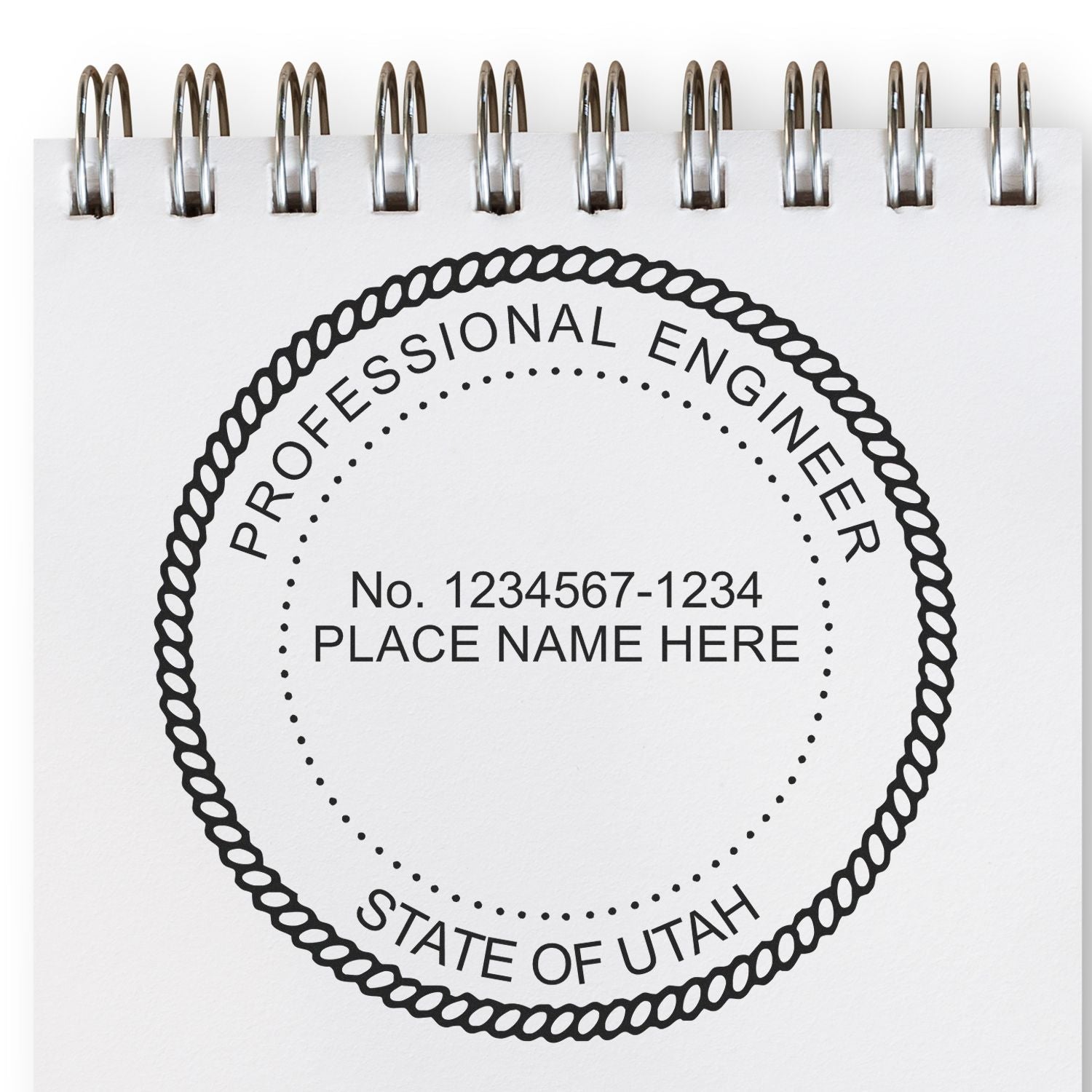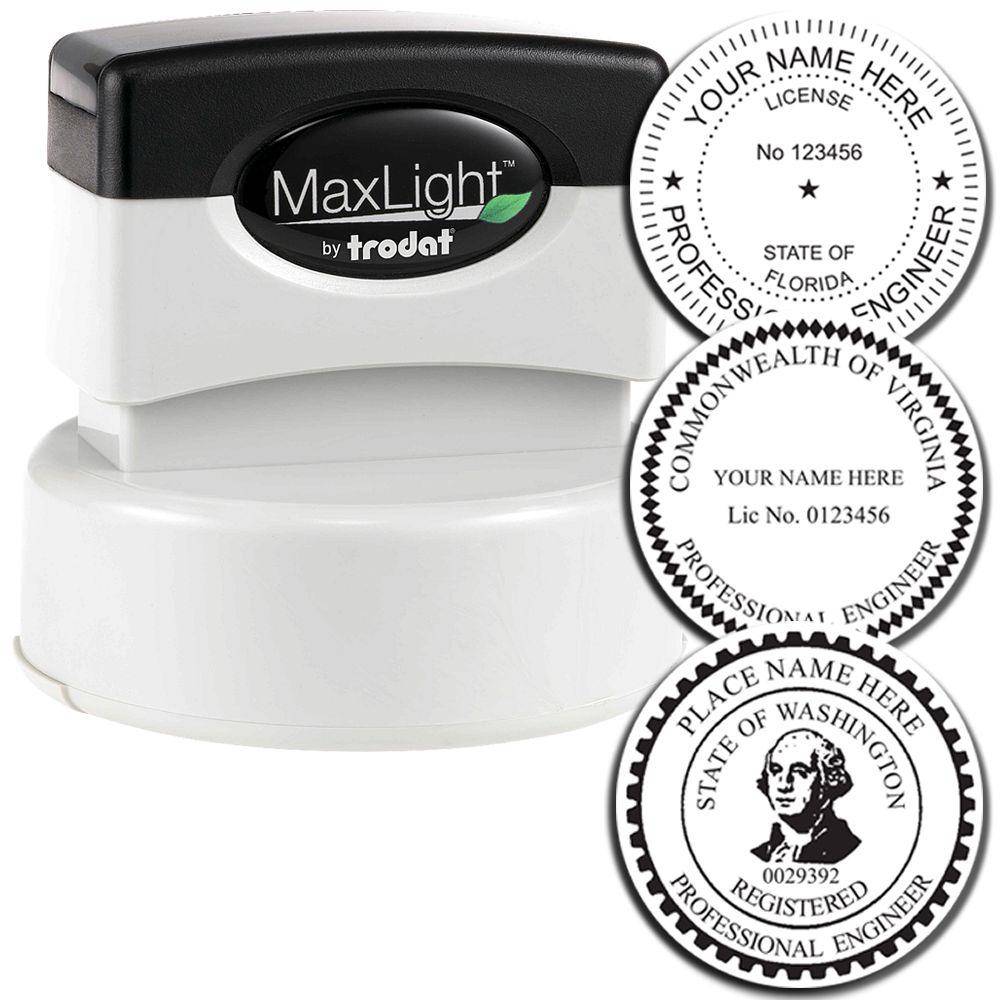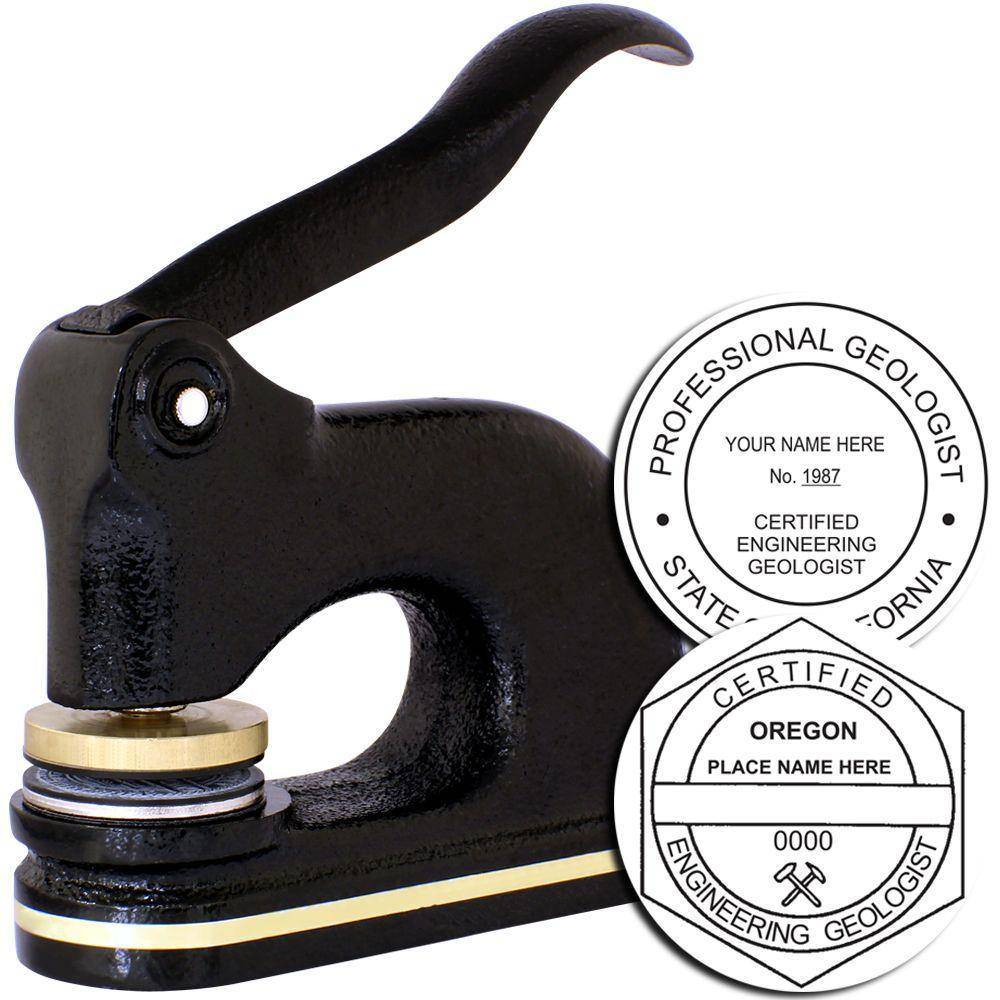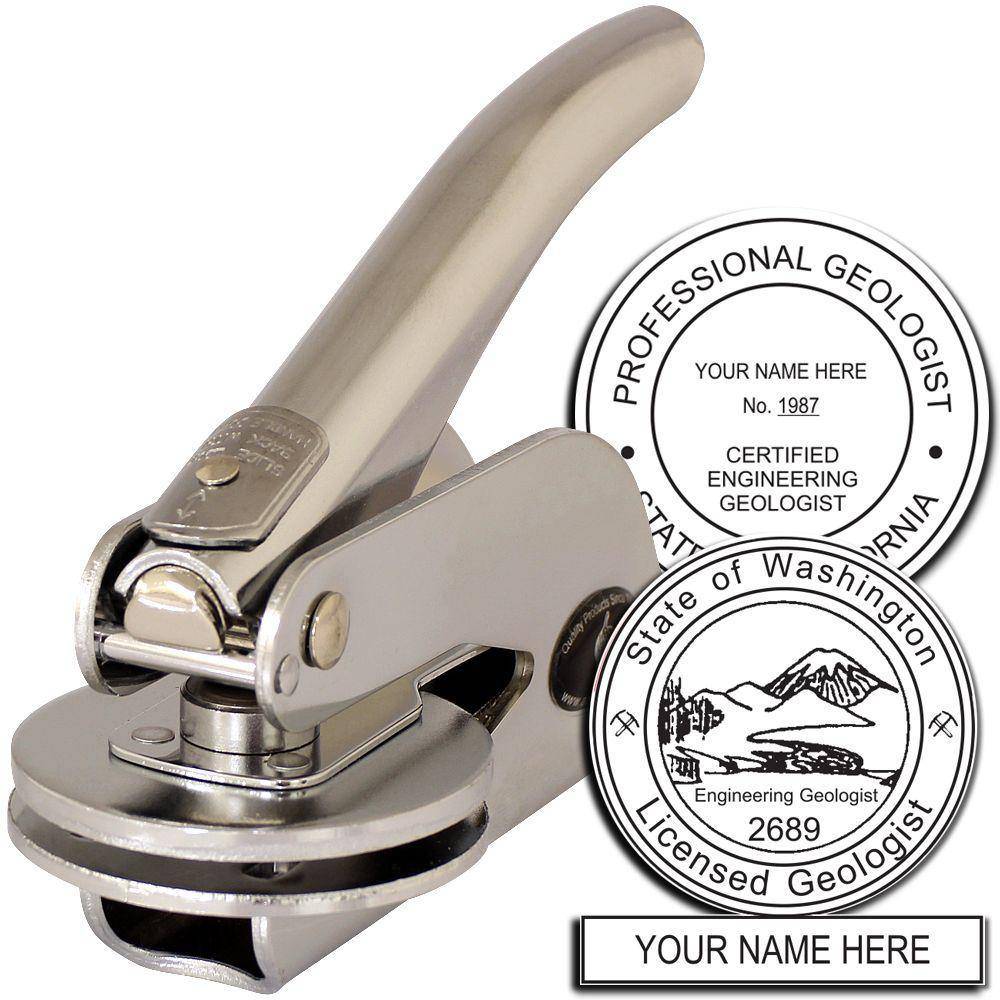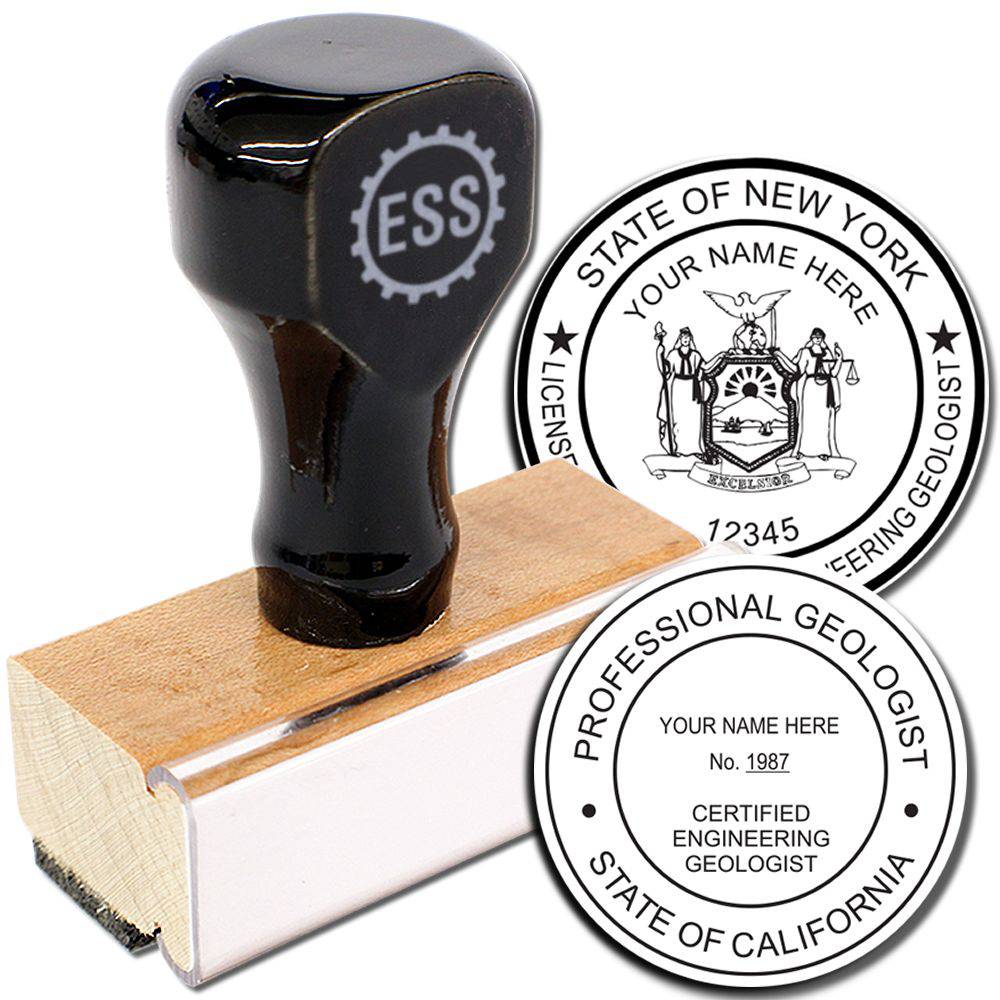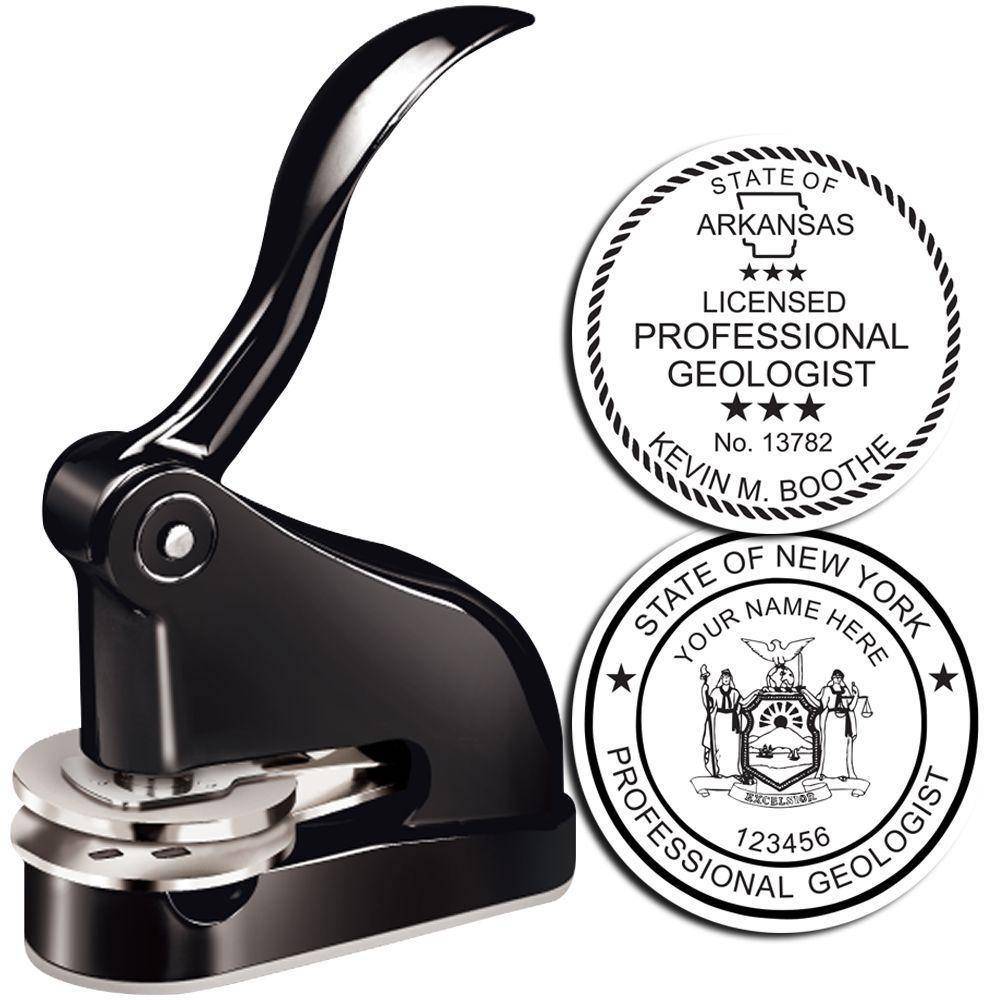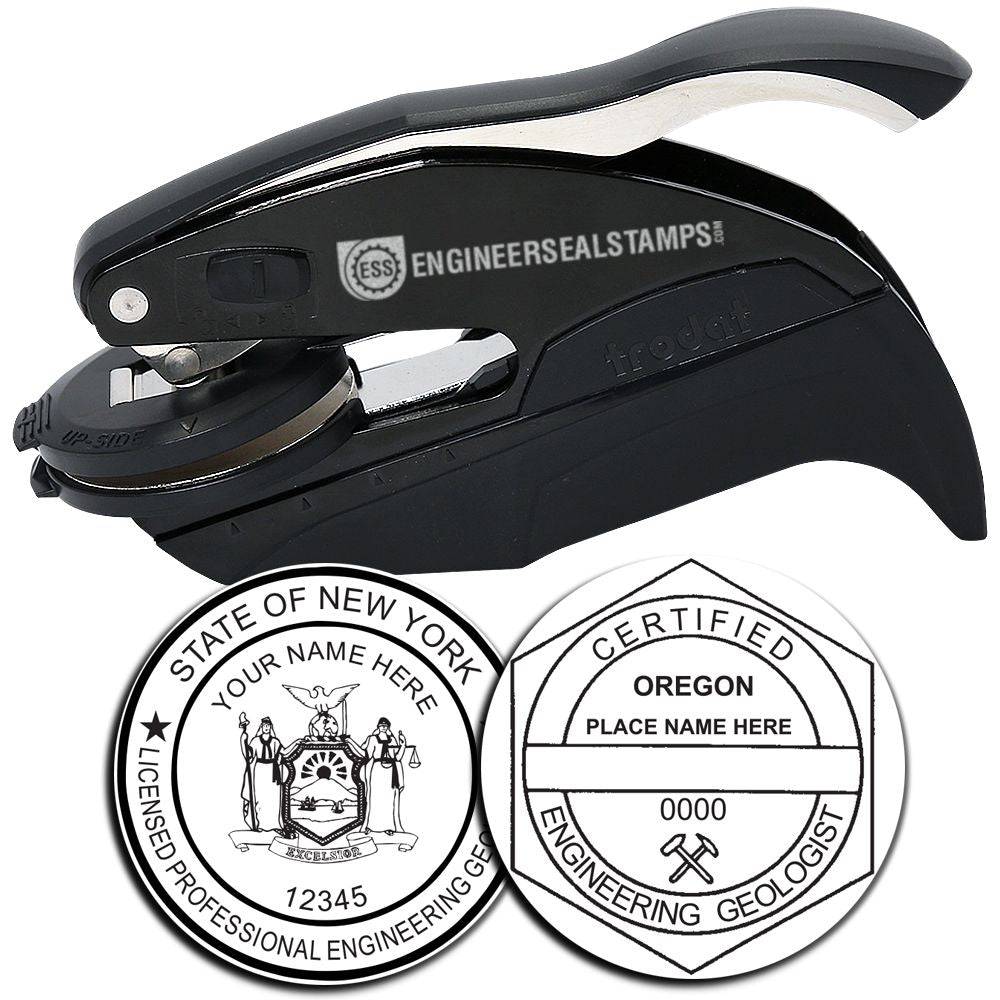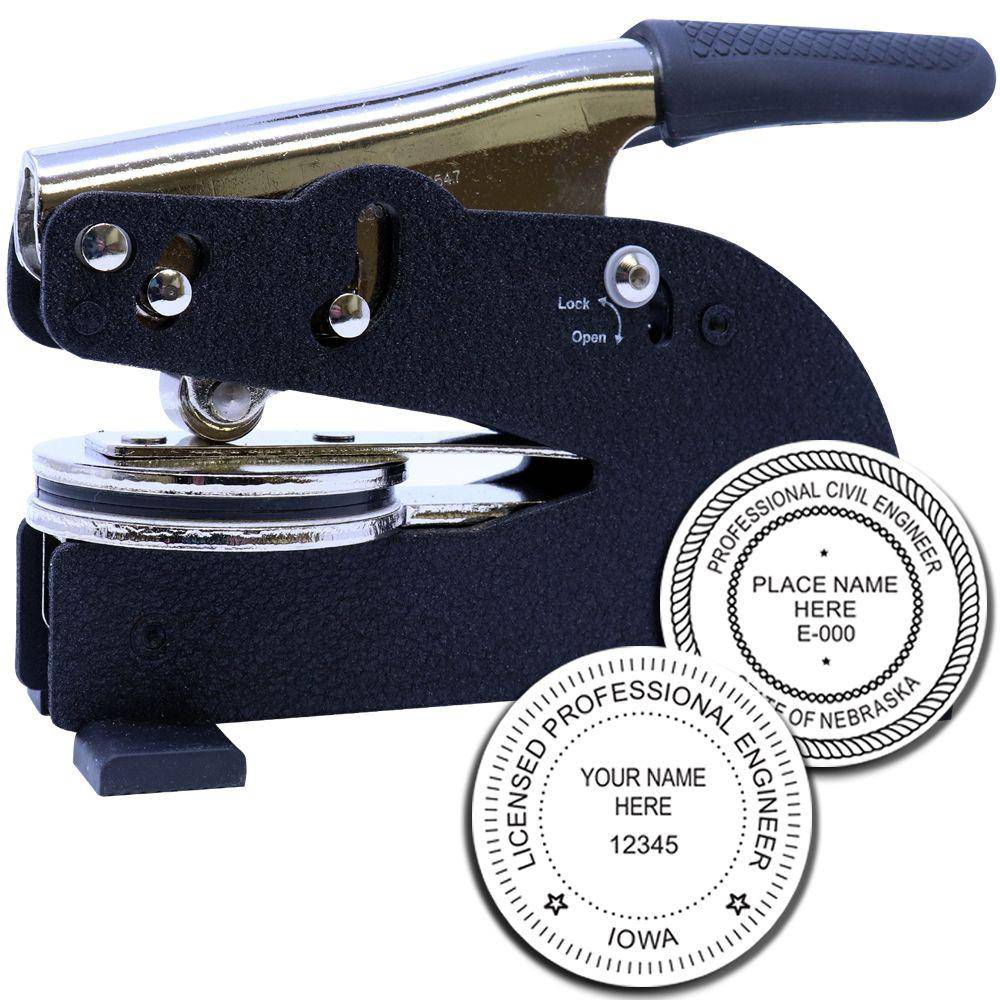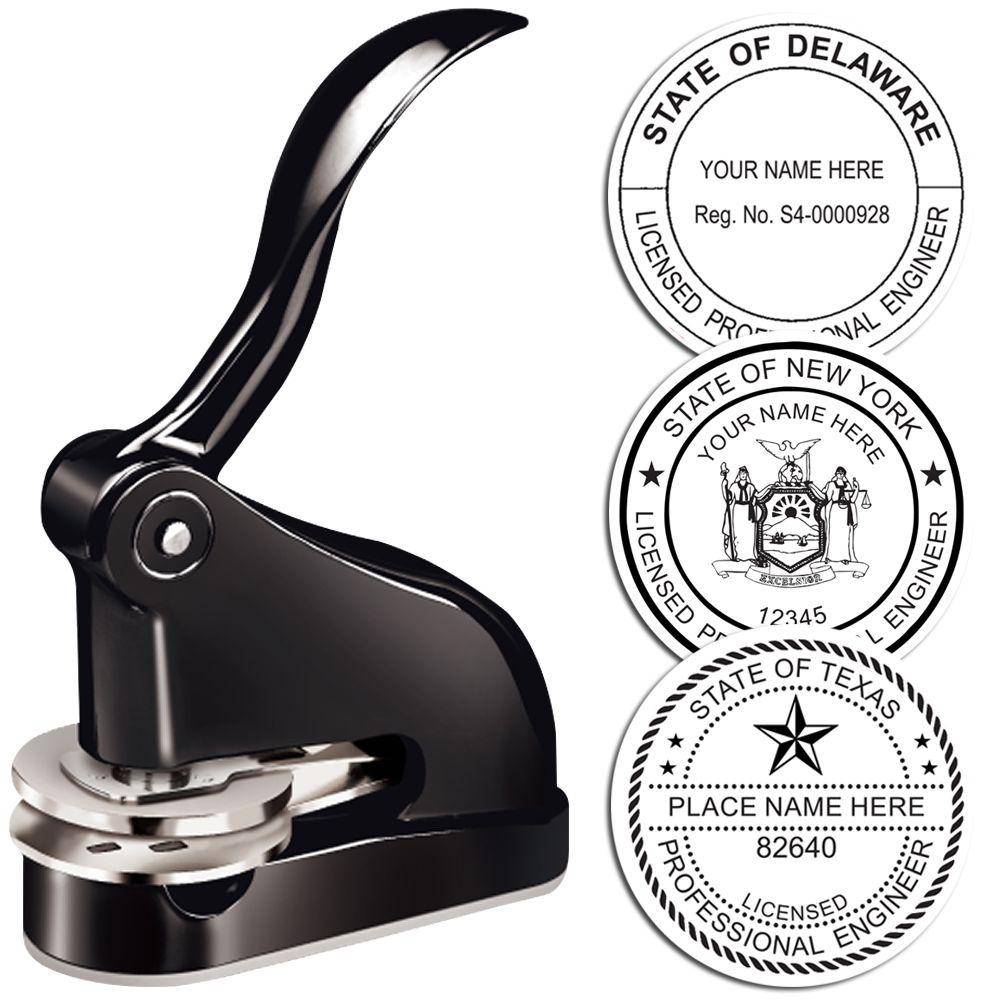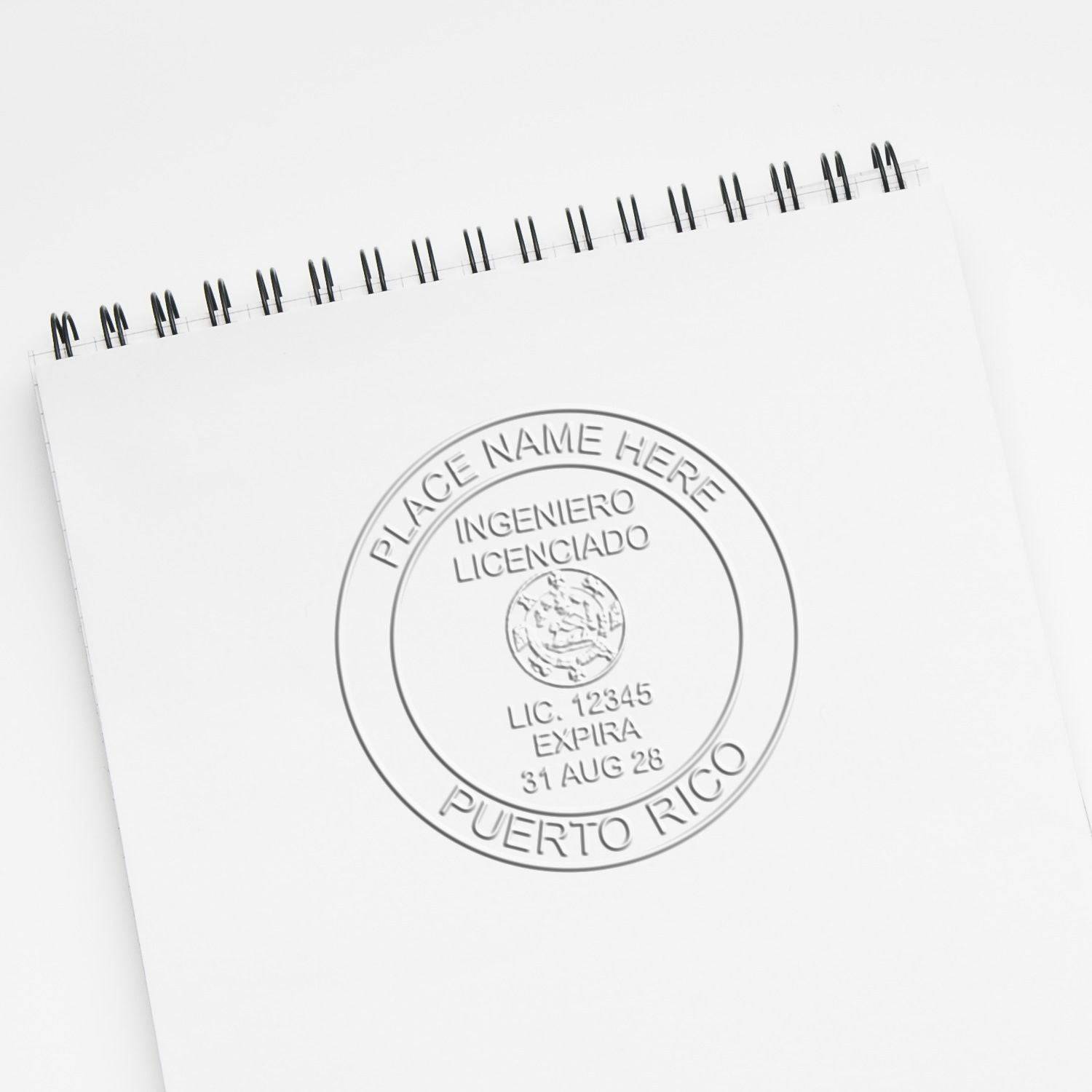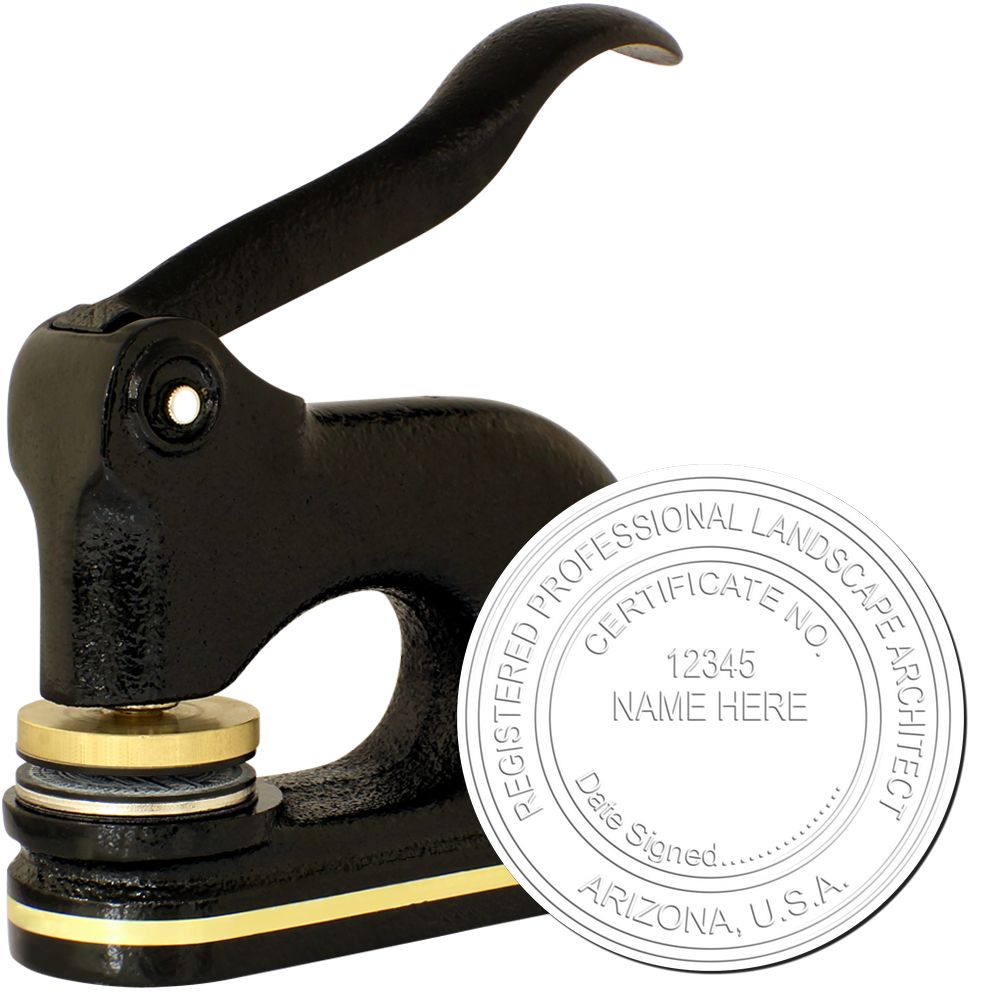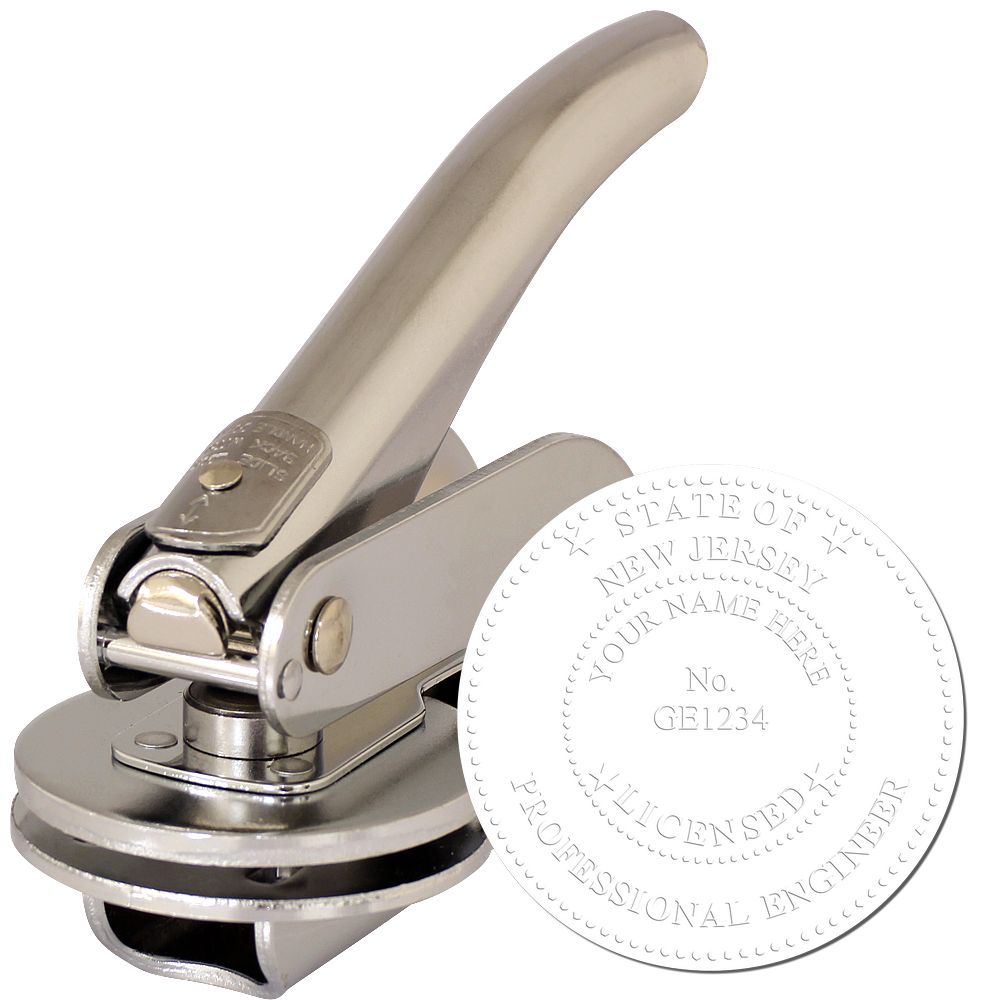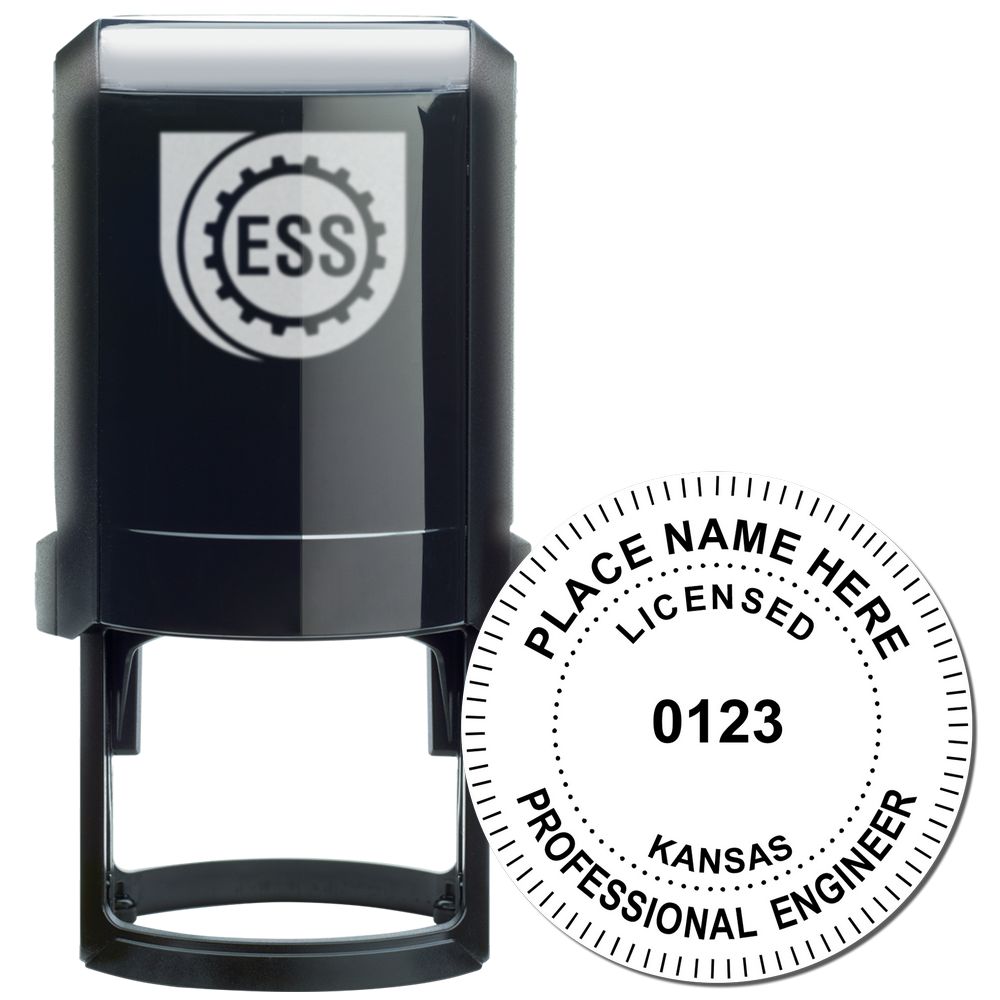Understanding PE Stamps and Their Purpose
In the field of engineering, PE stamps play a vital role in ensuring the safety and quality of engineering projects. These stamps are commonly used by Professional Engineers to certify their work and demonstrate their expertise. In this section, we will explore the introduction, importance, and legal requirements associated with PE stamps.
Introduction to PE Stamps
PE stamps, also known as PE seals, are official markings used by Professional Engineers to signify their approval and endorsement of engineering documents or designs. These stamps typically include the engineer's name, license number, and other relevant information. By affixing their PE stamp to a document, an engineer takes professional responsibility for the accuracy and integrity of the work.
PE stamps are commonly used in various engineering disciplines, including civil engineering, mechanical engineering, electrical engineering, and structural engineering. They provide a recognizable and standardized way to identify documents that have been reviewed and approved by a licensed Professional Engineer.
The Importance of PE Stamps
The importance of PE stamps cannot be overstated. These stamps serve as a mark of credibility and expertise, instilling confidence in clients, regulators, and the general public. By affixing a PE stamp to their work, Professional Engineers are acknowledging that they have met the necessary standards and codes, ensuring the safety and integrity of the project.
PE stamps are particularly crucial in projects that involve public safety, such as the design of bridges, buildings, and infrastructure. They indicate that the project has been thoroughly reviewed and meets all relevant engineering regulations and requirements. The presence of a PE stamp provides assurance that the project has been completed by a qualified professional who has followed established engineering principles.
Legal Requirements for Using PE Stamps
The use of PE stamps is subject to legal requirements that vary depending on the jurisdiction. Professional Engineers must adhere to these requirements to ensure compliance with the law and protect public welfare. Legal regulations may include guidelines on when and where PE stamps are required, the specific information that should be included on the stamp, and the circumstances under which a PE stamp should be used.
It is essential for engineers to familiarize themselves with the specific laws and regulations governing PE stamps in their jurisdiction. Failure to comply with these requirements can result in professional consequences and legal liabilities. For more information on the legal requirements associated with PE stamps, consult our article on PE stamp laws.
Understanding the introduction, importance, and legal requirements of PE stamps is crucial for Professional Engineers. By utilizing these official markings responsibly and appropriately, engineers can uphold the highest standards of their profession and ensure the safety and quality of engineering projects.
Defining the PE Stamp
To fully understand the significance of a PE Stamp, it is important to define what it is and the components that make it up.
Definition of a PE Stamp
A PE Stamp, also known as a Professional Engineer Stamp or Seal, is an official mark or impression that signifies the approval and authentication of a professional engineer. It serves as a symbol of the engineer's authority and expertise in a specific field of engineering.
The PE Stamp is typically affixed to engineering documents, such as plans, drawings, and calculations, to indicate that the work has been reviewed and certified by a licensed professional engineer. This stamp represents that the project complies with applicable codes, regulations, and industry standards. It provides assurance to stakeholders, regulatory bodies, and the general public that the engineering work has been performed by a qualified professional and meets the required standards of safety and quality.
Components of a PE Stamp
A PE Stamp consists of several key components that convey important information about the professional engineer and their certification. These components may vary depending on the jurisdiction and the specific requirements set forth by the engineering board. Here are the typical components found on a PE Stamp:

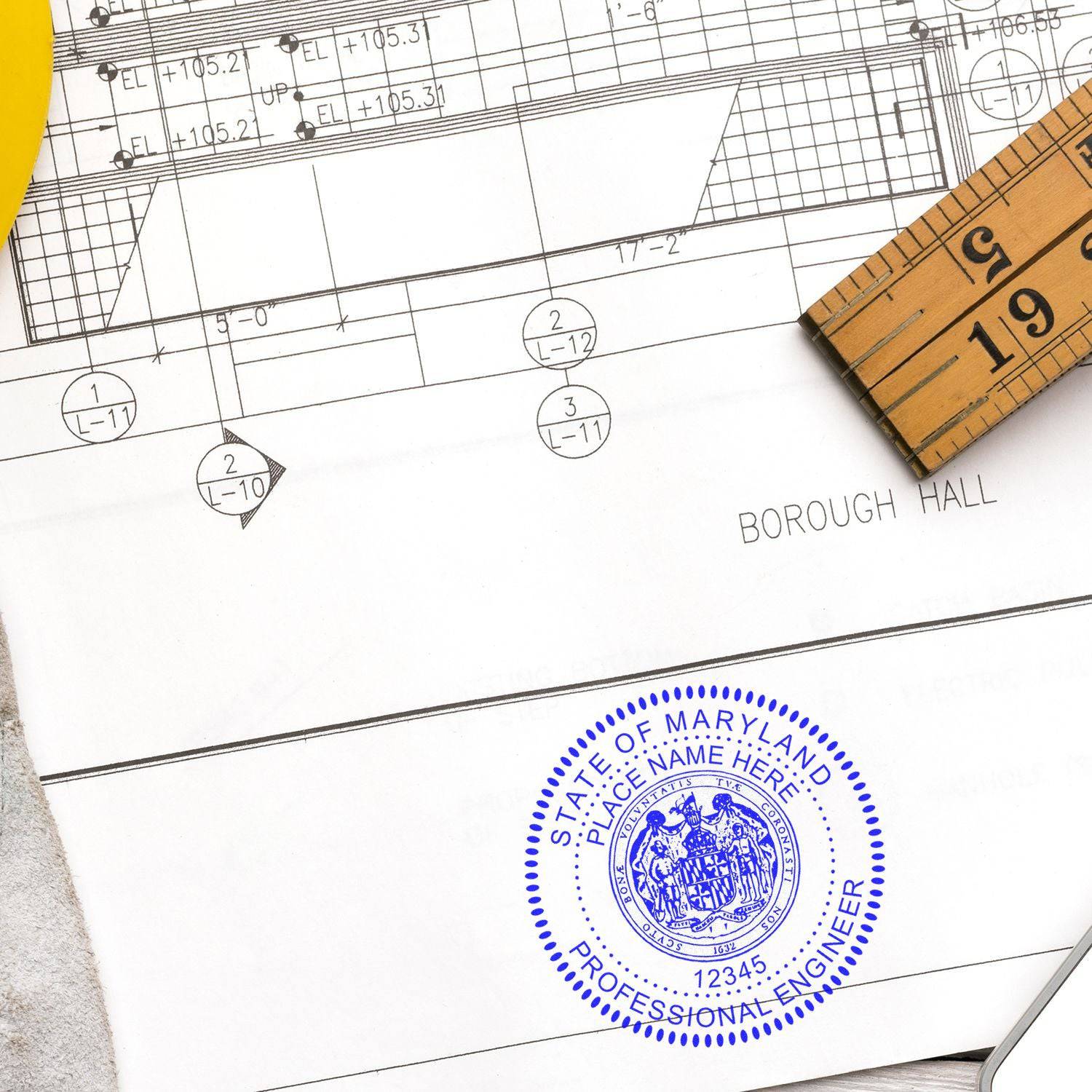
- Engineer's Name: The full legal name of the professional engineer is usually included on the stamp.
- License or Registration Number: This unique identifier represents the engineer's license or registration number issued by the licensing board.
- Jurisdiction: The jurisdiction or state where the engineer is licensed is often indicated on the stamp.
- Engineer's Discipline: The specific discipline of engineering in which the professional engineer is certified, such as civil, mechanical, or electrical, is often included.
- Expiration Date: Some jurisdictions may require the inclusion of an expiration date on the stamp. This date signifies the validity period of the engineer's certification and indicates when it needs to be renewed.
The design and format of the PE Stamp may also vary, but it typically includes the engineer's signature and the official seal of the licensing board.
Understanding the definition and components of a PE Stamp is essential for professional engineers seeking to meet the legal requirements and regulations associated with their practice. To learn more about the requirements and guidelines for using PE Stamps, visit our article on PE Stamp requirements.
The Role of Professional Engineers
Professional Engineers (PEs) play a vital role in ensuring engineering safety and upholding professional standards. They are qualified individuals who have met specific criteria and are entrusted with the responsibility of designing, evaluating, and approving engineering projects. The role of PEs goes hand in hand with the use of PE stamps to certify and authenticate engineering documents.
Qualifications of Professional Engineers
To become a Professional Engineer, individuals must meet certain qualifications and requirements. These qualifications typically include:
- Obtaining a bachelor's degree in engineering or a related field from an accredited university.
- Gaining relevant work experience under the guidance of a licensed Professional Engineer.
- Passing the Fundamentals of Engineering (FE) exam, which assesses the fundamental knowledge of engineering principles.
- Accumulating a specified number of years of professional engineering experience.
- Successfully passing the Principles and Practice of Engineering (PE) exam, which tests the competency in the chosen engineering discipline.
These qualifications ensure that Professional Engineers have the knowledge, skills, and expertise required to carry out their responsibilities effectively.
Responsibilities of Professional Engineers
Professional Engineers have a range of responsibilities that extend beyond their technical expertise. Some of the key responsibilities include:
- Designing and developing engineering plans and specifications.
- Conducting engineering analysis and evaluations.
- Ensuring compliance with relevant codes, regulations, and standards.
- Reviewing and approving engineering documents.
- Providing professional guidance and expertise to clients and other team members.
- Prioritizing safety, sustainability, and ethical considerations in engineering projects.
- Continuously updating their knowledge and skills through professional development and lifelong learning.
The responsibilities of Professional Engineers are crucial in maintaining the integrity and safety of engineering projects.
Importance of PE Stamps in Ensuring Engineering Safety
PE stamps serve as a mark of authentication and verification for engineering documents. These stamps are affixed to drawings, plans, and other technical documents to signify that a licensed Professional Engineer has reviewed and approved them. The use of PE stamps ensures that engineering projects meet the required standards and adhere to applicable codes and regulations.
PE stamps play a critical role in engineering safety by providing confidence to clients, regulatory authorities, and the public that the engineering work has been performed by a qualified professional. The presence of a PE stamp indicates that the project has undergone a rigorous review process and has been found to be in compliance with established engineering principles.
By requiring the use of PE stamps, regulatory bodies and professional organizations aim to safeguard public welfare and protect the interests of clients and stakeholders. It is essential for Professional Engineers to understand and adhere to the specific PE stamp requirements and PE stamp laws that govern their practice.
In summary, Professional Engineers play a vital role in ensuring engineering safety and upholding professional standards. The use of PE stamps provides assurance that engineering projects have been reviewed and approved by qualified individuals, contributing to the overall integrity and reliability of the built environment.
Obtaining a PE Stamp
To obtain a PE stamp, professional engineers must meet specific licensing and certification requirements and follow a process for applying. Once they have obtained the stamp, it is important to understand the responsibilities involved in maintaining and renewing it.
Licensing and Certification Requirements
Becoming a licensed professional engineer requires meeting certain criteria set by the licensing board or regulatory body in each jurisdiction. The specific requirements may vary, but generally include the following:
- Education: Professional engineers must typically hold a bachelor's degree in engineering from an accredited institution. In some cases, an advanced degree may also be required.
- Experience: Candidates are usually required to have several years of relevant work experience under the supervision of a licensed professional engineer.
- Examinations: Passing the Fundamentals of Engineering (FE) exam and the Principles and Practice of Engineering (PE) exam is typically necessary for licensure. These exams assess the candidate's knowledge and competency in engineering principles and ethics.
It's important for professional engineers to familiarize themselves with the licensing and certification requirements specific to their jurisdiction to ensure compliance. For more information on the requirements and guidelines associated with obtaining a PE stamp, refer to our article on PE stamp requirements.
Process for Applying for a PE Stamp
Once the licensing and certification requirements have been met, professional engineers can apply for a PE stamp. The exact process may vary depending on the jurisdiction, but generally involves the following steps:
- Application: Submitting an application to the licensing board or regulatory body, providing all necessary documentation and supporting materials.
- Review: The application is reviewed by the board to ensure that all requirements have been met and that the candidate is eligible for licensure.
- Examination: In some cases, an additional examination or evaluation may be required to assess the candidate's competency in specific engineering disciplines.
- Approval: If the application is approved, the professional engineer is granted a license and is then eligible to obtain a PE stamp.
Professional engineers should consult the licensing board or regulatory body in their jurisdiction to obtain detailed information about the specific application process and any associated fees. For more information on the importance of PE stamps in the field of engineering, refer to our article on the importance of PE stamps.
Maintaining and Renewing a PE Stamp
Once a professional engineer has obtained a PE stamp, it is important to understand the responsibilities involved in maintaining and renewing it. These responsibilities may include:
- Continuing Education: Many jurisdictions require professional engineers to complete a certain number of continuing education hours or credits to renew their license and keep their knowledge and skills up to date.
- Ethical Conduct: Professional engineers must adhere to a code of ethics and conduct themselves in a manner consistent with professional standards and best practices.
- Renewal: PE stamps typically have an expiration date. Professional engineers must renew their license and stamp within the specified timeframe to ensure its validity.
It is important to be aware of the specific renewal requirements and deadlines set by the licensing board or regulatory body in each jurisdiction. Failure to renew the PE stamp on time may result in the loss of licensure and the inability to practice engineering legally.
By understanding the licensing and certification requirements, the application process, and the responsibilities involved in maintaining and renewing a PE stamp, professional engineers can ensure compliance with the necessary regulations and continue to practice their profession with integrity and expertise.
Conclusion
In conclusion, the PE stamp is a vital tool in the field of engineering. It serves as an official mark of approval from a licensed Professional Engineer (PE), indicating that the work has been reviewed and meets the required standards of safety and professionalism. The PE stamp is a legal requirement in many jurisdictions and plays a crucial role in ensuring engineering safety.
By understanding the definition of a PE stamp and its components, professional engineers can better grasp the importance of obtaining and utilizing these stamps in their work. It is essential for engineers to meet the qualifications set forth by their respective licensing boards to be eligible for a PE stamp. The responsibilities and ethical obligations that come with being a PE further emphasize the significance of upholding the integrity of the PE stamp.
Obtaining a PE stamp involves fulfilling licensing and certification requirements, followed by a thorough application process. Once acquired, maintaining and renewing the PE stamp is crucial to ensure its validity and compliance with regulations. Professional engineers should stay updated on any changes to PE stamp laws and regulations to ensure ongoing compliance.
The PE stamp provides reassurance to clients, regulatory bodies, and the public that engineering projects have been reviewed by a qualified professional. It helps maintain a high standard of safety, integrity, and accountability within the engineering profession.
In summary, the PE stamp serves as a symbol of trust, expertise, and professionalism in the field of engineering. By adhering to the legal requirements, maintaining ethical standards, and utilizing the PE stamp appropriately, professional engineers contribute to the overall safety and advancement of the engineering industry.
To learn more about the importance of PE stamps, their requirements, and guidelines, please visit our article on the importance of PE stamps.
About ESS
Engineer Seal Stamps, also known as ESS, is a leading provider of high-quality custom rubber stamps, professional seals, and notary stamps. With a commitment to excellence in both product and service, we take great pride in offering a state board guarantee on all of our products. Our top-of-the-line engineer seal stamps and professional seals are perfect for architects, engineers, and anyone else in need of reliable and accurate stamping solutions.
At ESS, we understand that time is valuable. That's why we offer a quick turnaround on all of our products, ensuring that you receive your order in a timely and efficient manner. We believe that customer satisfaction is the foundation of any successful business, which is why we strive to provide stellar customer service to all of our clients. From the moment you place your order, our knowledgeable and friendly staff will work closely with you to ensure that your needs are met in every way possible.
In addition to our commitment to quality products and exceptional customer service, ESS also strives to be an environmentally conscious company. We make every effort to reduce our environmental impact by using sustainable and eco-friendly materials in our stamp production process. At ESS, we are dedicated to providing our customers with the highest quality stamping solutions. With our commitment to excellence, state board guarantee, quick turnaround, and environmentally conscious practices, you can trust that you are receiving the best products and service available.

